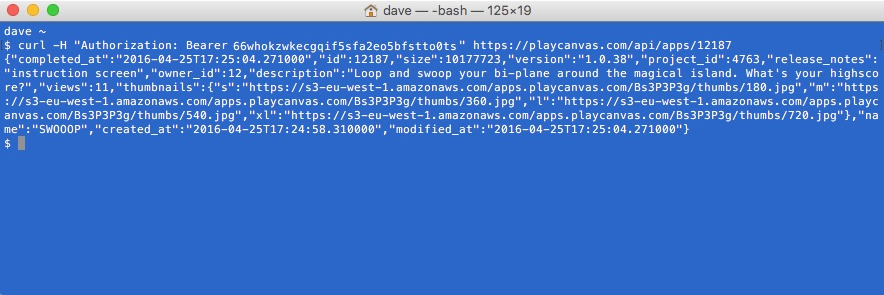WebVR support in PlayCanvas
Today we're really excited to announce support for WebVR into the PlayCanvas Editor.
Today we're really excited to announce support for WebVR into the PlayCanvas Editor.
Big news! PlayCanvas is excited to introduce easy texture compression, enabling you to build bigger and better WebGL apps.
PlayCanvas is proud to announce that browser-gaming giant Miniclip has published their first PlayCanvas-powered game: Virtual Voodoo.
Today we're launching the first version of the PlayCanvas REST API.

Our previous article comparing PlayCanvas with Unity's WebGL exporter certainly got folks talking. One of the questions that came up in the aftermath was "OK, but what about Unreal's WebGL exporter?". Unreal, like Unity, relies on Emscripten to port the native codebase to JavaScript. So it would be reasonable to expect Unreal to suffer from the same issues as Unity: large download sizes, long load times and poor runtime performance.
A question we get asked a lot is "How does PlayCanvas compare to Unity's WebGL export?". So let's examine this in a blog post.
Today we're pleased to launch Organizations for PlayCanvas users along with an updated and simplified set of plans including unlimited projects and more storage.
We've just launched "Scripts 2.0", a complete re-design and re-implementation of the scripting system for PlayCanvas applications. Our goals were to fix an array of small irritations that had built up over using the PlayCanvas scripting for the last few years and take the opportunity to clean up the interface and simplify the creation and usage of scripts.
Did you hear? VR is BIG! But what is bigger than VR? The web, that's what. What happens when you mix the web and VR?